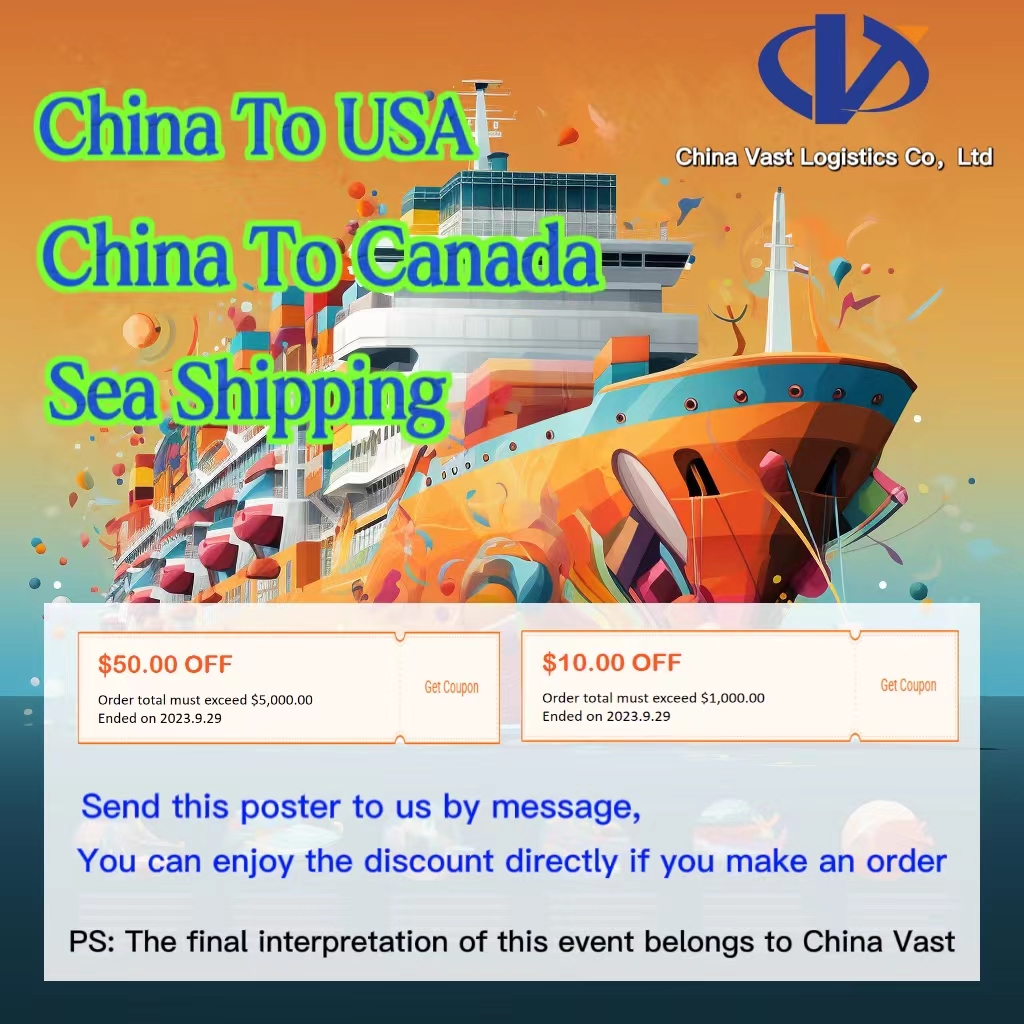1. What is Customs?
Following the terrorist attacks of September 11, 2001, multiple agencies—including Border Patrol, Immigration and Naturalization Services, the U.S. Department of Agriculture, and U.S. Customs—were merged to form what we now know as U.S. Customs and Border Protection (CBP). It is the largest and most complex organization within the Department of Homeland Security, and one of the largest law enforcement agencies in the world.
CBP’s core mission is to protect the United States from dangerous people and materials while facilitating lawful international trade and travel to support economic growth and global competitiveness. To achieve this, CBP manages customs, immigration, border security, and agricultural protection.
In trade operations, CBP ensures that terrorism, smuggling, illegal immigration, and agricultural pests are kept out of the U.S., while promoting the smooth flow of legitimate goods. CBP monitors all imports and exports, using advanced tools and systems to assess the risk level of shipments. For instance, most ports use gamma-ray scanning technology to detect radiation.
Based on a risk targeting system, each shipment receives a score. If the score exceeds a certain threshold, it may be flagged for further review or inspection. While the exact algorithm is confidential, factors such as shipping frequency, product types, and country of origin are taken into consideration—based on documents submitted by your freight forwarder, carrier, and broker.
If your shipment is flagged, it may be placed on customs hold and possibly subjected to an inspection. Below are the various types of holds and exams you may encounter, along with tips to avoid them.
2. Customs Hold Types
1) Manifest Hold
This hold is triggered by missing or incorrect data in the carrier’s manifest or Importer Security Filing (ISF). If any required information is missing, expect a manifest hold.
2) Commercial Enforcement Hold
This hold covers possible regulatory issues not only from CBP but also from agencies like the FDA, USDA, CPSC, or FCC. If your cargo potentially violates any regulations under these agencies, CBP may hold it for further review.
3) Statistical Validation Hold
This hold is used when declared shipment data (such as value or weight) significantly differs from historical trends. To avoid this, provide documentation to explain any legitimate discrepancies—such as changes in market conditions, raw material costs, or product optimization.
4) CET Hold (Contraband Enforcement Team)
The Anti-Terrorism Contraband Enforcement Team (A-TCET) or CET may place a hold if your cargo is suspected to contain contraband, including drugs, WMDs, or smuggled goods.
5) PGA Hold (Participating Government Agency)
A hold placed on behalf of a specific agency (like FDA, USDA, CPSC) for further examination. Unlike the Commercial Enforcement Hold, this type explicitly excludes Customs-related issues and focuses solely on other agency regulations.
3. What Happens If My Cargo Is Put on Hold?
If CBP decides to place a hold, both the importer and the broker are notified electronically. Further information or documents may be requested, such as commercial invoices, packing lists, or certifications. If satisfactory, the hold will be released. If not, it may escalate to a formal Customs exam.
4. Customs Exam Types
1) VACIS Exam (X-Ray / Non-Intrusive)
The Vehicle and Cargo Inspection System (VACIS) uses X-ray technology to scan the container. If all looks good, the cargo is released. If not, the exam may escalate.
-
Cost: $150–$250 per container
-
Note: The shipper is responsible for all exam-related charges, including port storage fees. For LCL (Less than Container Load), the cost is shared among all consignees in the container.
2) Tailgate Exam
If the X-ray raises concerns, the container is unsealed, doors are opened, and a visual inspection is conducted. If everything looks normal, it’s released. Otherwise, it escalates to the next level.
-
Cost: $150–$350 per container
-
Time: 2–3 days (ocean shipments); air cargo usually faster
3) Intensive Exam
The most thorough and costly, this exam involves transferring the container to a Customs Exam Site (CES). The CES unpacks, segregates, and inspects all goods. Only after passing this exam will the cargo be cleared.
-
Cost: $1,000–$2,500+
-
Time: 5–7 days
-
Why it’s costly: Labor-intensive, based on port and container size
“You’ve been randomly selected!” — sometimes it’s just luck.
5. What You Should Do
-
Ensure all documents are complete and accurate.
-
Be available to provide any additional information your broker may need.
-
Reserve extra funds for unexpected costs: exam fees, demurrage, detention, chassis fees, etc.
-
If your cargo is still held post-exam, other agencies (e.g., FDA, USDA) may also require inspection.
6. How to Avoid Future Holds
-
Work with reputable suppliers who follow federal manufacturing guidelines.
-
Partner with an experienced freight forwarder and customs broker who can ensure document compliance and minimize risks.
-
Proactive planning and accurate filings can save thousands of dollars and days of delay.

